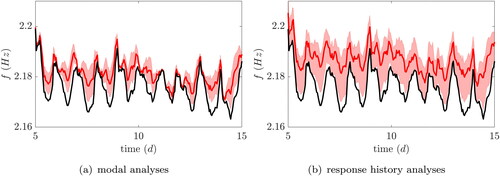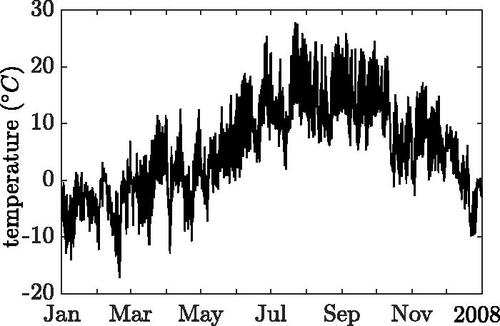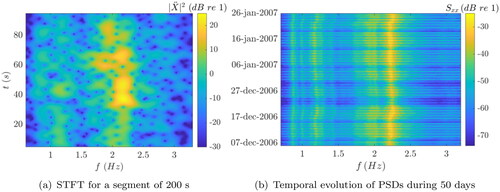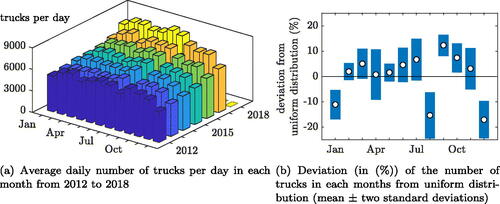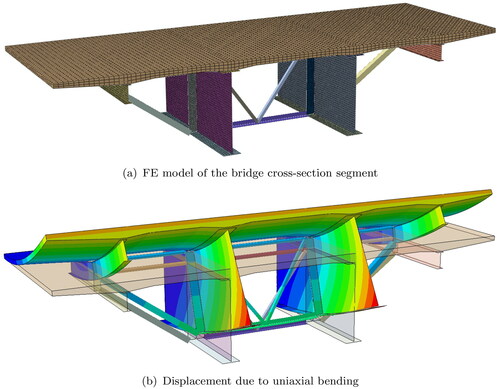Figures & data
Figure 1. Aerial photograph of the Lueg bridge (Brenner Autobahn AG, Citation1972).
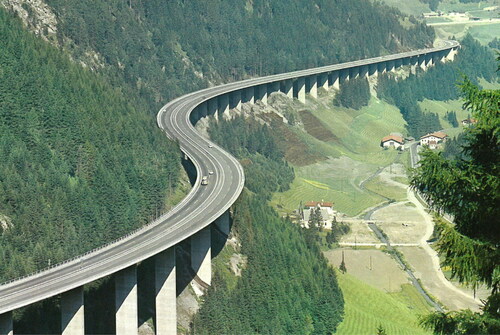
Figure 2. Longitudinal and cross-section of the Lueg bridge (Brenner Autobahn AG, Citation1972), acceleration sensor location marked.
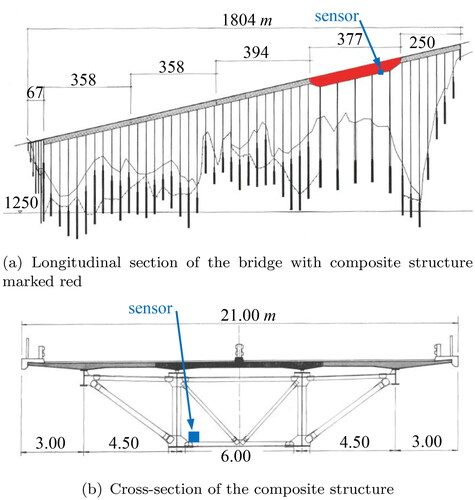
Figure 5. Auto spectral density of the three acceleration components for two different periods of time.

Figure 7. Variation of the identified resonance frequency in three 50 day periods of three subsequent years.
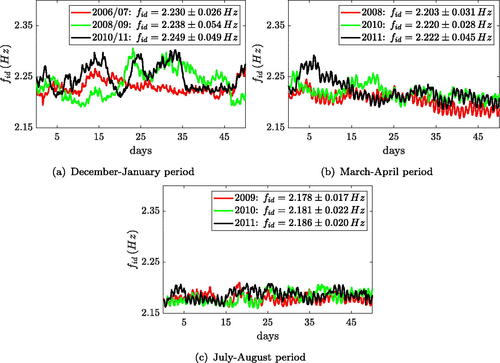
Table 1. Equivalent beam stiffness parameters for unit deformations of the bridge cross-section segment.
Figure 13. Mechanical model of the bridge with truck crossing and location of the acceleration sensor.

Figure 14. Mode shapes for natural frequencies f2, f4 and f6 of the FE model using 2D beam elements.
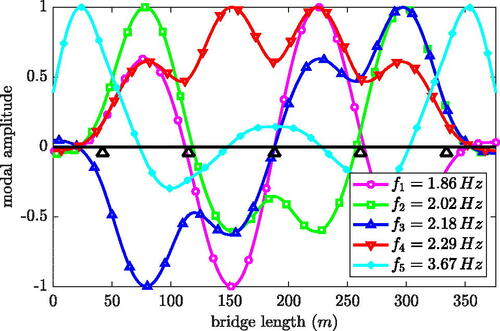
Table 2. Natural frequencies and participation factors for the first five modes of the 2D FE model.
Table 3. Random variables (RV) for the stochastic simulation of truck traffic.
Figure 15. Accelerations at monitor node and instantaneous frequency fsim from time-history analysis of one week truck traffic.

Figure 16. Change of resonance frequency with respect to reference value (mean value μ, standard deviation σ) for two percentages of convoys, from modal analyses. 100 weeks observation time.
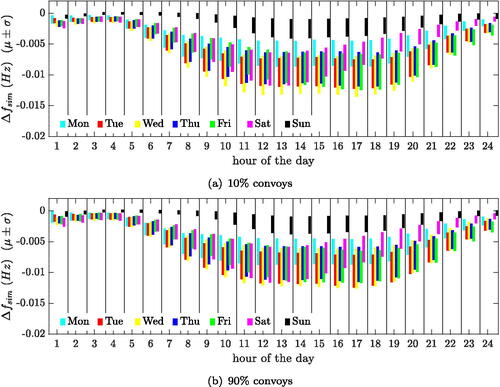
Figure 17. Change of resonance frequency with respect to reference value (mean value μ, standard deviation σ) for (a) 10% and (b) 90% of all trucks in convoys, from response history analyses. 100 weeks observation time.
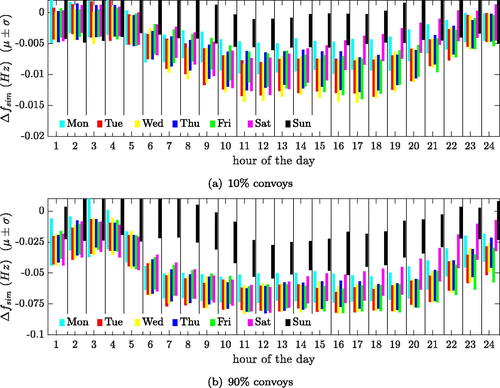
Table 4. Relative change in % of standard deviation of the identified resonance frequency over 50 days due to mass compensation (compare with ).
Figure 18. Identified resonance frequency time-history for 10 days in July 2011 (black), mass-compensated time-histories (mean values in red including 95% confidence interval).
